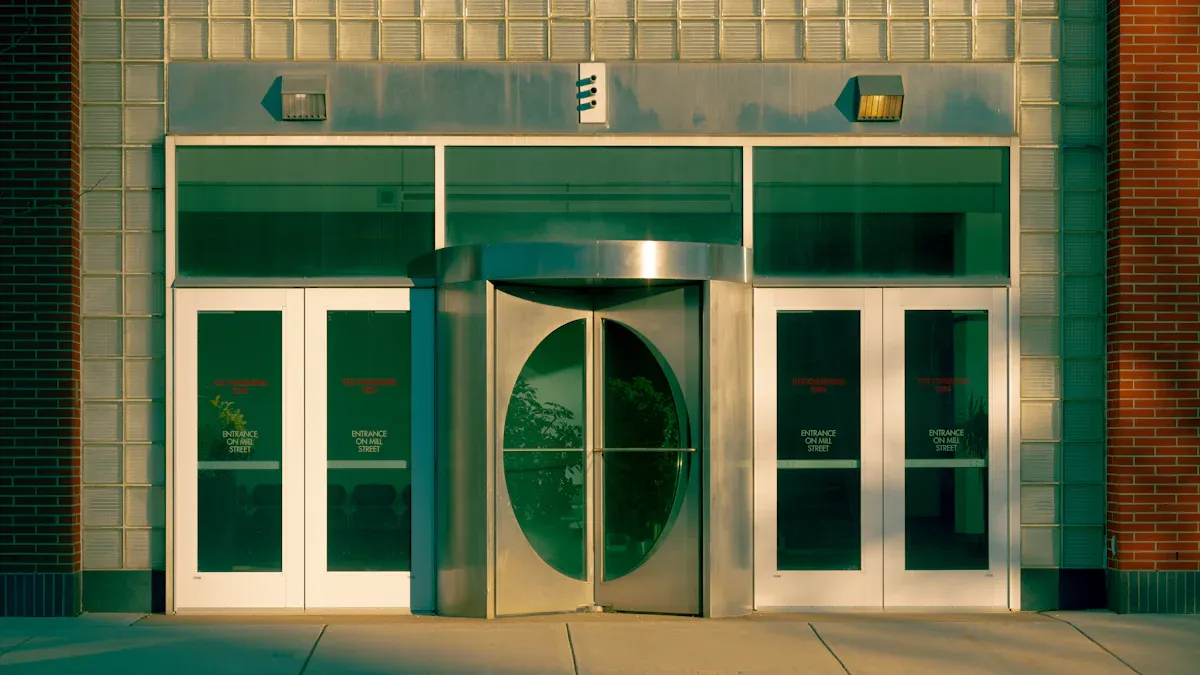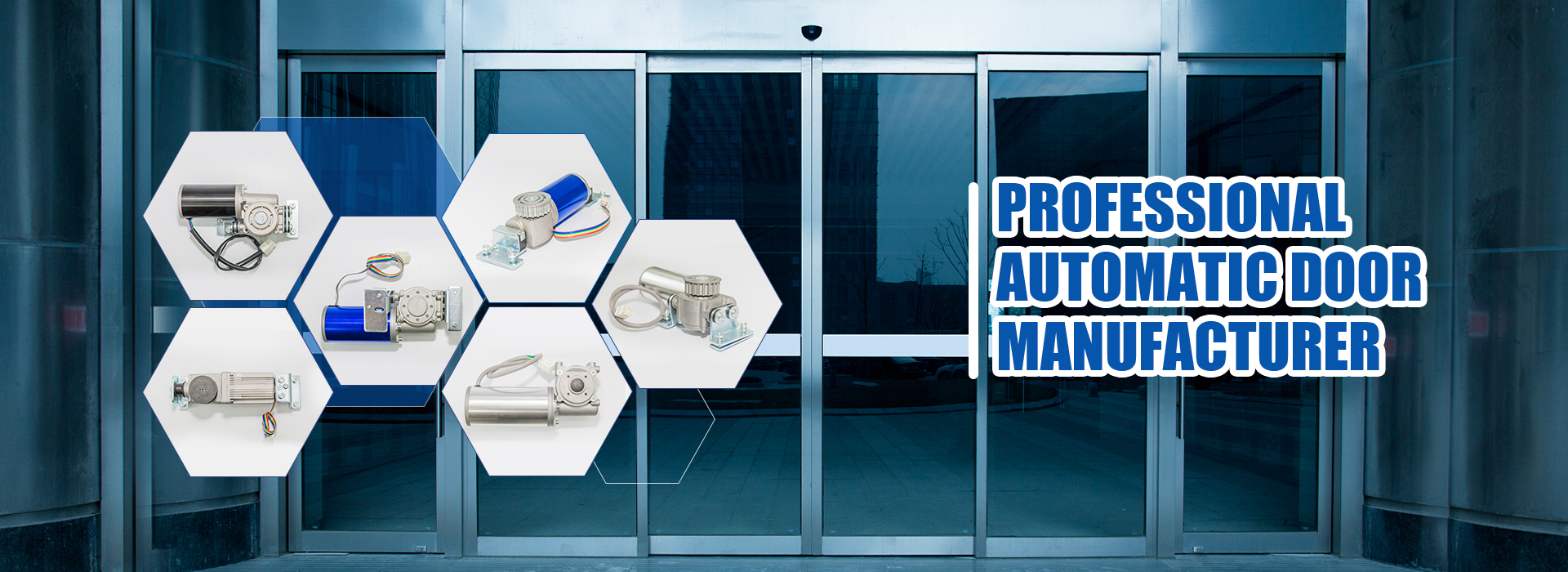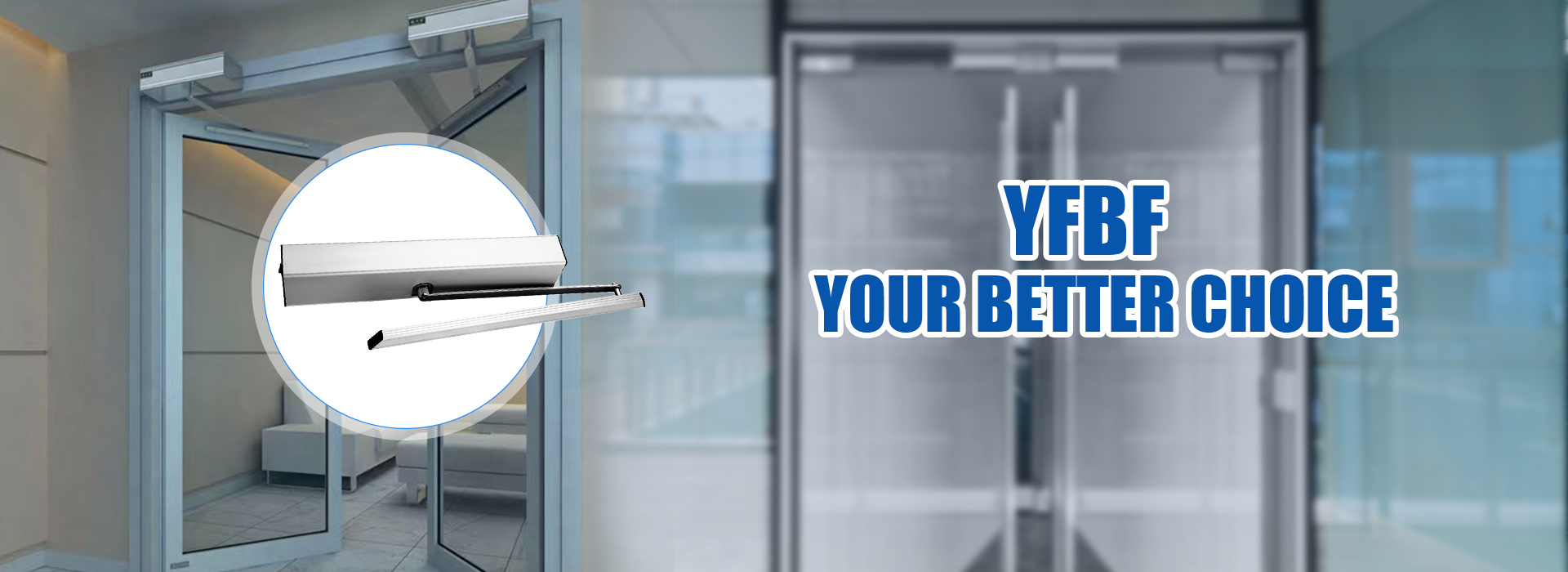
Automatic doors can stop working for many reasons. Sometimes, a Microwave Motion Sensor sits out of place or gets blocked by dirt. People often find that a quick fix brings the door back to life. Knowing how this sensor works helps anyone solve these issues fast.
Key Takeaways
- Microwave motion sensors find movement by using microwave signals.
- These sensors help doors open only when someone is there.
- Installing and setting up the sensor right stops false alarms.
- This makes sure the door opens easily and every time.
- Clean the sensor often and move things out of its way.
- Check the wires to keep the sensor working well.
- Doing these things fixes most automatic door problems fast.
Understanding the Microwave Motion Sensor

How the Microwave Motion Sensor Detects Movement
A Microwave Motion Sensor works by sending out microwave signals and waiting for them to bounce back. When something moves in front of the sensor, the waves change. The sensor picks up this change and knows that something is moving. Scientists call this the Doppler effect. The sensor can tell how fast and in which direction an object moves. This helps automatic doors open only when needed.
The sensor uses advanced technology to avoid mistakes. For example, it uses special receivers to catch more details and reduce missed signals. Some sensors use more than one antenna to spot movement from different angles. These features make the Microwave Motion Sensor very reliable for automatic doors.
Here is a table with some important technical details:
| Parameter | Specification |
|---|---|
| Technology | Microwave & microwave processor |
| Frequency | 24.125 GHz |
| Transmitting Power | <20 dBm EIRP |
| Detection Range | 4m x 2m (at 2.2m height) |
| Installation Height | Max 4 m |
| Detection Mode | Motion |
| Minimum Detection Speed | 5 cm/s |
| Power Consumption | <2 W |
| Operating Temperature | -20°C to +55°C |
| Housing Material | ABS plastic |
Importance of Proper Sensor Installation and Adjustment
Proper installation makes a big difference in how well a Microwave Motion Sensor works. If someone places the sensor too high or too low, it might miss people walking by. If the angle is wrong, the sensor could open the door at the wrong time or not at all.
Tip: Always mount the sensor firmly and keep it away from things like metal shields or bright lights. This helps the sensor avoid false alarms.
People should also adjust the sensitivity and direction. Most sensors have knobs or switches for this. Setting the right range and angle helps the door open smoothly and only when needed. A well-installed Microwave Motion Sensor keeps doors safe, fast, and reliable.
Solving Common Automatic Door Problems

Fixing Sensor Misalignment
Sensor misalignment is one of the most common reasons automatic doors fail to work properly. When the Microwave Motion Sensor is out of position, it may not detect movement accurately. This can cause the door to stay closed when someone approaches or open unnecessarily.
To fix this, check the sensor’s mounting position. Ensure it is securely attached and aligned with the intended detection area. Adjust the angle of the sensor if needed. Many sensors, like the M-204G, allow users to fine-tune the detection direction by adjusting the antenna angle. A small adjustment can make a big difference in performance. Always test the door after making changes to confirm the issue is resolved.
Tip: Use the factory default angle as a starting point and adjust gradually to avoid overcorrection.
Cleaning Dirt or Debris from the Microwave Motion Sensor
Dirt and debris can build up on the sensor lens over time, reducing its ability to detect movement. This is a common issue that can lead to inconsistent door operation. Regular cleaning helps maintain the sensor’s performance.
- Dirt and dust can obstruct the sensor lens, making it harder for the Microwave Motion Sensor to detect movement.
- This buildup can cause the door to open late or not at all.
- Cleaning the lens with a soft, dry cloth removes debris and restores proper function.
Make cleaning part of routine maintenance to ensure the sensor operates smoothly. Avoid using harsh chemicals or abrasive materials, as these can damage the lens.
Clearing Blocked Pathways Near the Sensor
Sometimes, objects placed near the sensor can block its detection range. Items like signs, plants, or even trash bins can interfere with the Microwave Motion Sensor’s ability to detect movement. Clearing these obstacles is a simple yet effective solution.
Walk around the area near the sensor and look for anything that might block its line of sight. Remove or reposition these items to restore the sensor’s full range of detection. Keeping the area clear ensures the door opens promptly when someone approaches.
Note: Avoid placing reflective surfaces near the sensor, as they can cause false triggers.
Checking Wiring and Power for the Microwave Motion Sensor
If the door still doesn’t work after addressing alignment and cleaning, the issue might lie in the wiring or power supply. Faulty connections or insufficient power can prevent the sensor from functioning.
Start by inspecting the cables connected to the sensor. For models like the M-204G, ensure the green and white cables are properly connected for signal output and the brown and yellow cables are securely attached for power input. Look for loose connections, frayed wires, or signs of damage. If everything appears intact, check the power source to confirm it is supplying the correct voltage (AC/DC 12V to 24V).
Caution: Always turn off the power before handling electrical components to avoid injury.
Troubleshooting Microwave Motion Sensor Malfunction
If the sensor still doesn’t work after trying the above steps, it may be malfunctioning. Troubleshooting can help identify the problem.
- Test the Detection Range: Adjust the sensitivity knob to see if the sensor responds to movement. If it doesn’t, the sensor might need replacement.
- Check for Interference: Avoid placing the sensor near fluorescent lights or metal objects, as these can disrupt its performance.
- Inspect for Physical Damage: Look for cracks or other visible damage to the sensor housing.
If troubleshooting doesn’t resolve the issue, consider consulting the sensor’s user manual or contacting a professional for assistance. A well-functioning Microwave Motion Sensor ensures the door operates reliably and safely.
Most automatic door issues disappear with simple checks and regular cleaning. Regular inspections and lubrication help doors last longer and work safely.
- Over 35% of problems come from skipping maintenance.
- Most doors break down within two years if ignored.
For wiring or stubborn problems, they should call a professional.
FAQ
How often should the Microwave Motion Sensor be cleaned?
Clean the sensor every month. Dust and debris can block detection, causing the door to malfunction. Regular cleaning keeps it working smoothly.
Can the M-204G sensor detect small movements?
Yes! The M-204G detects movements as small as 5 cm/s. Adjust the sensitivity knob to optimize detection for your specific needs.
What should I do if the sensor stops working?
Check the wiring and power supply first. If the issue persists, test the detection range or inspect for physical damage. Contact a professional if needed.
Post time: Jun-12-2025



